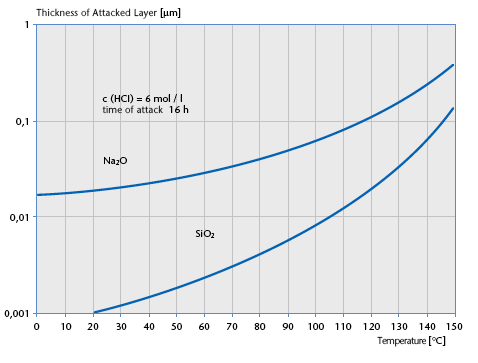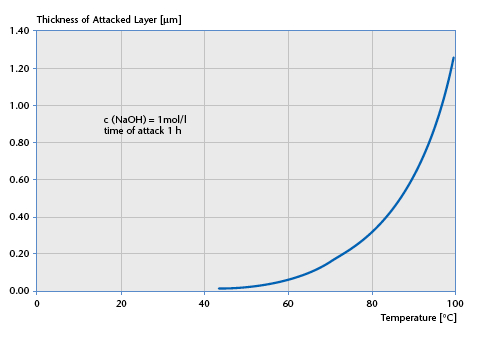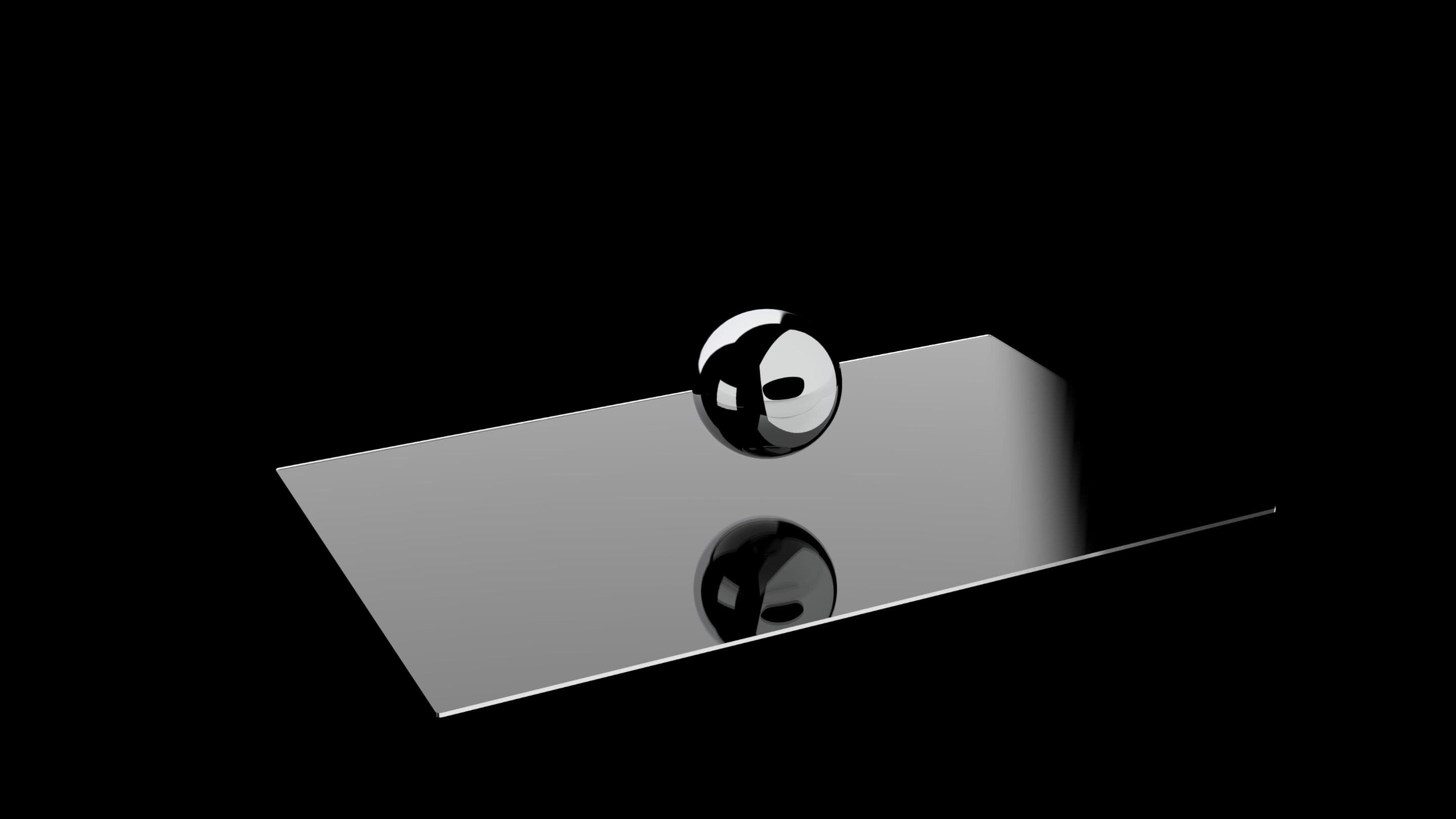Chemical resistance Hervorragend für die Medizintechnik und Industrie
ASTM D1308-87
Die ULTRA Touchscreen Oberfläche wurde nach ASTM F1598-95 getestet und verändert sich nicht durch die Einwirkung der folgenden ASTM F1598-95 Chemikalien über einen Zeitraum von einer Stunde bei 22 Grad C und bei 45 % relativer Luftfeuchtigkeit.
ASTM F1598-95
Tee, Kaffee, Ketchup, Senf, Essig, Bier, Coca-Cola, Rotwein, Speiseöl, Wisk Waschmittel, Fantastik Allzweckreiniger, Joy Geschirrspülmittel, Windex, Formula 409 Reiniger, Clorox Bleichmittel (5,25 %), Wasserstoffperoxid (3 %), Lysol, Ethylalkohol, Isopropylalkohol, Aceton, Methylethylketon (MEK), Toluol, konzentrierte Salzsäure, Rohbenzin, Testbenzin, Benzin, 10W30 Motoröl, Dieselkraftstoff, Getriebeöl, Bremsflüssigkeit, Frostschutzmittel, Hydrauliköl
Dental werkstoff
- Carbamidperoxid 20%
- Natriumhydrochlorid 3%
- Phosphorsäure 35%
- Kariesdetektor
- Polyether-Klebstoff
- TempBond®
- Polyäther
- Orange Solvent
Chemische Beständigkeit
| Material | Norm |
|---|---|
| Hydrolytische Beständigkeit gemäß | DIN ISO 719 |
| Hydrolytische Klassifizierung | HGB 1 |
| Basenäquivalent per g Glasgrieß in µg/g | 20 |
| Säurebeständigkeit gemäß | DIN 12116 |
| Säureklassifikation | 2 |
| 50% Oberflächenverlust nach 6 Stunden in mg/dm2 | 1,4 |
| Laugenbeständigkeit gemäß | DIN ISO 695 |
| Klassifizierung | A 2 |
| Oberflächenverlust nach 3 Stunden in mg/dm2 | 88 |
Säureangriff

Laugenangriff

